TLDR Current methods for assessing bioequivalence of topical drugs are limited and lack standardization.
This chapter reviewed various methods used to assess bioequivalence (BE) of topical dermatologic drugs, highlighting the limitations of current techniques and the lack of a standardized method. The vasoconstrictor assay was used for steroids, but it was not applicable to other drug classes. Alternative methods like the blister technique, dermal microdialysis, skin stripping, and in vitro release analysis were explored, each with its own limitations. The chapter emphasized the potential of percutaneous penetration research and visual inspection methods, such as those used for retinoids and acne grading, in developing a standardized BE assessment for topical drugs.
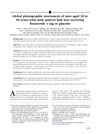 35 citations
,
February 2012 in “Journal of The American Academy of Dermatology”
35 citations
,
February 2012 in “Journal of The American Academy of Dermatology” Finasteride significantly improves hair growth but may cause sexual side effects.
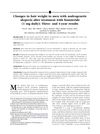 66 citations
,
June 2006 in “Journal of The American Academy of Dermatology”
66 citations
,
June 2006 in “Journal of The American Academy of Dermatology” Finasteride increases hair weight and count in men with hair loss, with best results after four years.
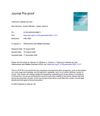 28 citations
,
January 2021 in “Parkinsonism & related disorders (Online)/Parkinsonism & related disorders”
28 citations
,
January 2021 in “Parkinsonism & related disorders (Online)/Parkinsonism & related disorders” Parkinson's disease is linked to skin disorders and skin cells help in studying the disease.
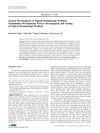 188 citations
,
October 2012 in “The AAPS Journal”
188 citations
,
October 2012 in “The AAPS Journal” The document concludes that developing generic topical drugs requires ensuring they match the original in quality, composition, and structure, and often involves complex testing and regulatory steps.
 July 2025 in “Pharmaceuticals”
July 2025 in “Pharmaceuticals” Phenobarbital-loaded chitosan nanoparticles are promising for preventing hair loss from chemotherapy.
 2 citations
,
August 2023 in “Pharmaceutics”
2 citations
,
August 2023 in “Pharmaceutics” New skin disease treatments using TDDS are improving but face challenges like side effects and high costs.
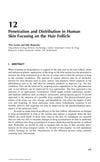 1 citations
,
July 2005 in “Drugs and the pharmaceutical sciences”
1 citations
,
July 2005 in “Drugs and the pharmaceutical sciences” Targeting drugs to hair follicles can treat skin conditions, but reaching deep follicle areas is hard and needs more research.






